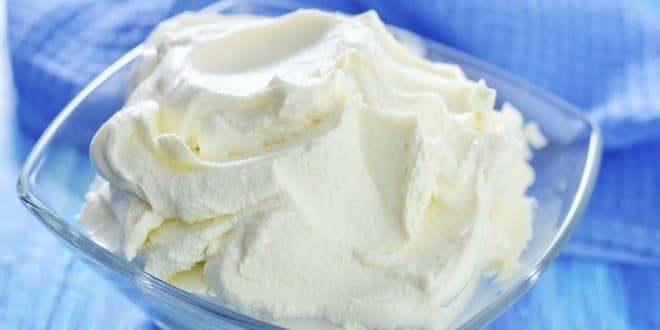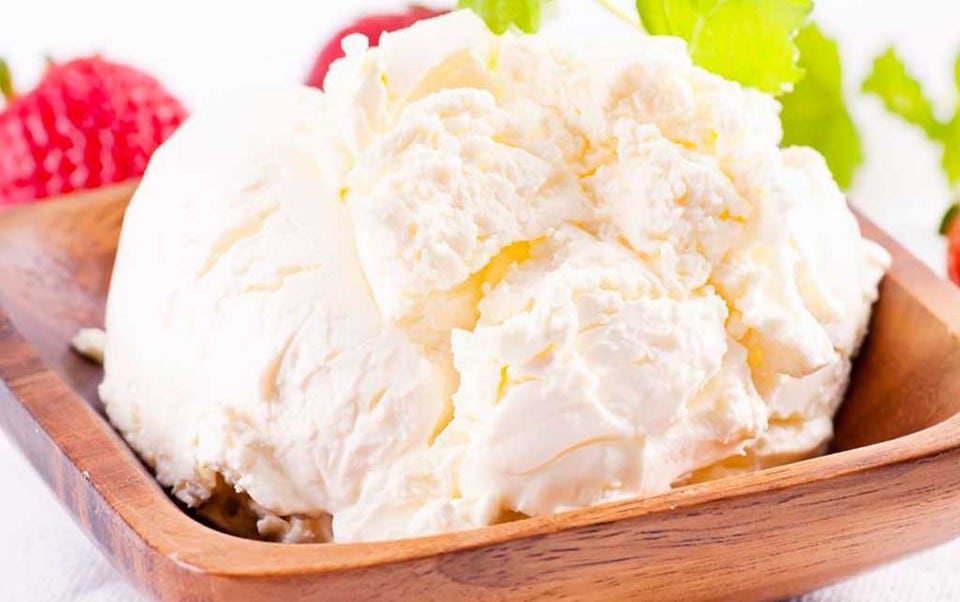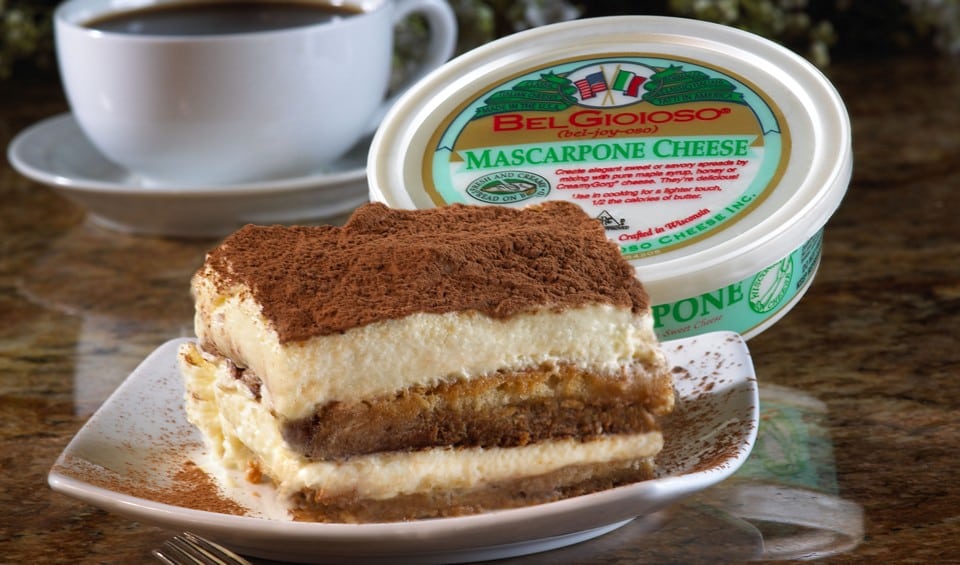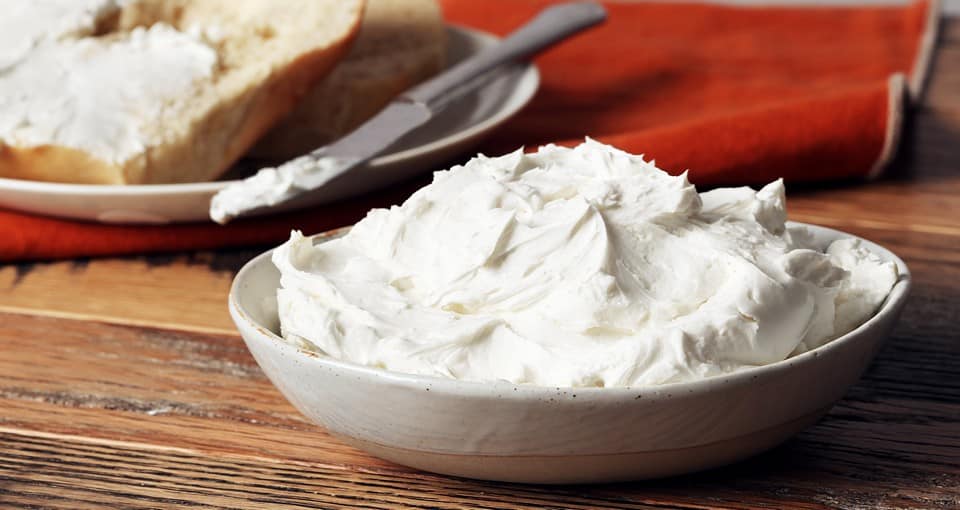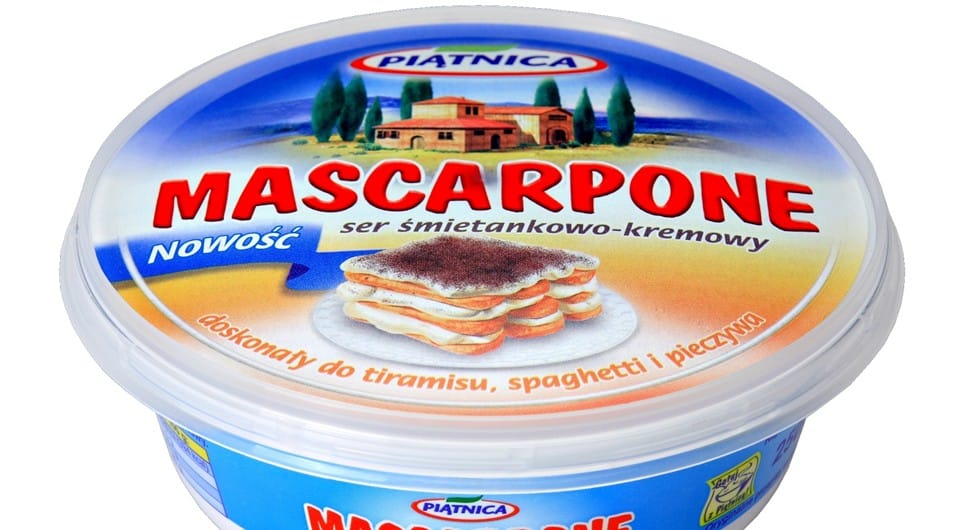For a cheese connoisseur, there is no better association with the word “tenderness” than Mascarpone cheese. This soft Italian delicacy has captured the hearts of many people around the world. And if you haven’t had the chance to try it yet, reading our article will surely make you curious.
Page Contents
History of Mascarpone Cheese
Compared to ancient Italian cheeses, Mascarpone is relatively young. Although the exact date of its birth is unknown, it is believed to have emerged in the late 16th or early 17th century. Some scholars even attribute its origin to the 12th century. Lombardy, a northern region of Italy with a rich agricultural heritage, is considered the birthplace of Mascarpone. The recipe is said to have been developed to utilize the high-fat and protein-rich milk cream during the late autumn season, which offers ideal low temperatures for cheese preservation.
Why Is It Called Mascarpone?
There are several theories about the origin of the name Mascarpone:
- One theory suggests that a Spanish nobleman, upon tasting the cheese, exclaimed, “Mas que bueno!” which translates to “more than good.” This expression is believed to have given the cheese its name, Mascarpone.
- It is thought that the word “Mascarpone” derives from “mascarpia,” which means “ricotta” in the Lombard dialect. The production techniques for these cheeses are very similar. This hypothesis is considered the most likely.
- Initially, Mascarpone was called “mascherpa,” a term used to denote a dairy product made from the whey obtained from stracchino cheese.
- Journalist Gianni Brera claims that Mascarpone was first prepared at the Cascina Mascherpa farm located between Milan and Pavia, which is where it supposedly got its name.
Interesting Facts about Mascarpone
- In 1796, while in Lodi, Napoleon I Bonaparte tasted mascarpone and was so delighted by it that he requested it to be served several times. Upon returning to France, he even had the cheese imported from Italy.
- There is a hypothesis that the renowned chef François Vatel, in a state of despair, ended his life by suicide because mascarpone was not delivered for the dessert he wanted to prepare for the royal table.
- Unlike most cheeses, Mascarpone is not made from curds. Instead, it is created by heating cream and adding an acidic component like lemon juice or vinegar, resulting in its velvety texture.
- The high-fat content of Mascarpone, typically around 70%, contributes to its rich and creamy consistency. This makes it a versatile ingredient in both sweet and savory dishes, from tiramisu to pasta sauces.
- Traditionally, Mascarpone was made from buffalo milk. However, nowadays, it is more commonly made from cow’s milk, which is readily available and helps maintain its consistent quality and taste.
- Mascarpone is a key ingredient in the classic Italian dessert, tiramisu. Its smooth texture and creamy taste blend perfectly with espresso-soaked ladyfingers and cocoa powder, creating a heavenly indulgence.
- Mascarpone’s versatility extends beyond desserts. It can be used to enrich sauces, such as adding a luxurious touch to creamy pasta dishes or enriching risottos. Its creamy goodness elevates a wide range of culinary creations.
How Is Mascarpone Made? Production Technology
Currently, Mascarpone is produced in various regions of Italy. Unlike other cheeses, it is made from cream rather than milk. To obtain the cream, the milk is left at rest at a temperature of 10-12 degrees Celsius (50-54 degrees Fahrenheit) for a whole day, allowing a slight fermentation process to occur.
Through centrifugation, the cream is separated from the milk and placed in stainless steel vats. It is then heated to a temperature of 90-95 degrees Celsius (194-203 degrees Fahrenheit) and acidified by adding lemon or wine acid. This process leads to the coagulation of proteins. Once the coagulation process is complete, the curd is homogenized and sent to the packaging line. Before the advent of specialized equipment, this stage was done manually. To allow the whey to drain, the curd is transferred to a cool place on cheesecloth for at least 24 hours.
The warm packaged Mascarpone is then transferred to refrigerated rooms where it gradually cools down, acquiring the desired creamy consistency.
Typically, Mascarpone is packaged in plastic containers of various sizes. The most popular volumes are considered to be 250 and 500 milliliters.
What Is Mascarpone Cheese Eaten With?
Mascarpone is a soft, creamy white cheese with a delicate texture. It has a slightly sweet and buttery taste. Thanks to its characteristics, this product has gained popularity in many recipes and is used in both sweet and savory dishes.
Mascarpone pairs well with anchovies, mustard, and spicy spices. It complements roasted vegetables beautifully. You can substitute a spoonful of Mascarpone cheese for sour cream in your favorite soup. Italian chefs use Mascarpone to prepare pizzas, omelets, and pasta sauces
The cheese is enjoyed on its own, combined with fruits, coffee, or white bread. It is used to make creams for cakes and pies, puddings, and mousses. The most famous dessert made with Mascarpone is, undoubtedly, Tiramisu. When it comes to alcoholic beverages, any liqueur pairs well with Mascarpone.
Did you know that making Mascarpone cheese at home is so simple that many people make it themselves?
How to Make Mascarpone at Home?
To make approximately 300 ml of mascarpone, you will need:
- 450 ml of heavy cream (30% fat content)
- 1 tablespoon of lemon juice (from 1/2 medium-sized lemon)
- A saucepan
- An electronic thermometer
- A colander and cheesecloth
In the saucepan, heat the heavy cream to 88 degrees Celsius (190 degrees Fahrenheit). Add the lemon juice and stir continuously for another 5 minutes, without removing the saucepan from the heat. Ensure that the temperature does not exceed 90 degrees Celsius (194 degrees Fahrenheit). Remove from heat and let the mixture cool to room temperature for 30-45 minutes.
Line the colander with several layers of cheesecloth and pour the contents of the saucepan into it. Place the colander in the refrigerator and let the mascarpone drain completely for 8-12 hours. Transfer the resulting mascarpone to a plastic container, and you can use the whey for your favorite baking recipes. Remember to consume the homemade Italian cheese within a week.
Read also about How is Parmesan Cheese Made
Caloric Content and Benefits
The caloric content of 100 grams of mascarpone is approximately 455 kilocalories (kcal). However, this may vary depending on the fat content of the cream used by the manufacturer. The nutritional value of the cheese consists of the following components:
- Protein: 7.6 grams
- Fat: 47 grams
- Carbohydrates: 0.3 grams
As evident from the balance of these components, the caloric content of mascarpone primarily comes from fat. Therefore, individuals who are overweight, have hypertension, or high cholesterol should not indulge in excessive consumption.
To burn the energy obtained from 100 grams of cheese, a healthy adult would need approximately 1 hour of climbing up and down stairs with a full grocery bag or half an hour of fast running around the house.
In two tablespoons of mascarpone, there are approximately 40 mg of cholesterol, which represents 13% of the daily recommended intake. Therefore, in a healthy diet, the daily portion of cheese should not exceed 30 grams.
Like other types of cheese, mascarpone is a source of protein and calcium, although to a lesser extent compared to hard cheeses. A serving of this product (30g) provides around 4% of the daily recommended intake of calcium, which plays an important role in the health of bones, muscles, and nerve impulses transmission.
Most types of cheese contain a significant amount of salt, which increases the risk of cardiovascular diseases and strokes. However, this cannot be said about mascarpone. In a daily portion, it accounts for only 1% of the daily recommended intake of sodium. A small amount of salt is necessary for the proper functioning of the nervous system.
The primary vitamin present in cheese is vitamin A. Its content in a serving of mascarpone is approximately 700 mcg (10% of the Daily Value). It supports eye health and improves the condition of the skin, teeth, and bones.
Advice: To maximize the benefits of mascarpone, look for a product with the lowest fat content!
Price in Italy
Buying mascarpone in Italy will not be difficult for you. Due to the widespread production of the cheese, you can find it in any grocery store at a price ranging from 4 to 8 Euros for 500 grams.
And with that, our introduction to the softest cheese in the world comes to an end. Going to Italy to experience true Italian delicacy, isn’t it a great idea? Live easy, love sweetly, travel comfortably, and remember: “Patience and hard work can overcome anything except mascarpone. There can be no cheese softer than this!”
 Italy for me From Italy with love
Italy for me From Italy with love

